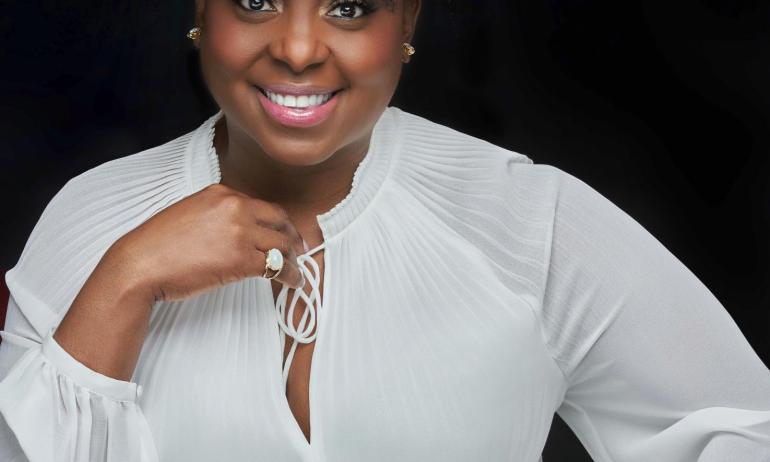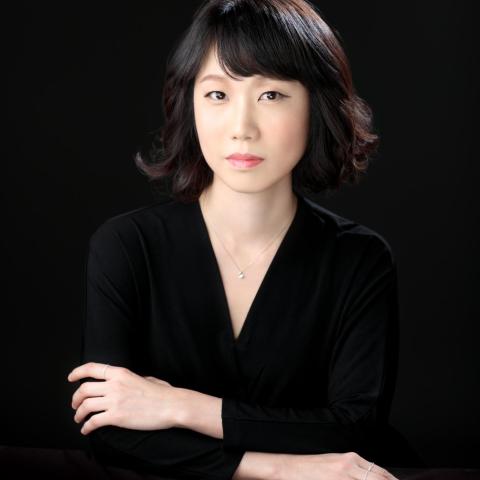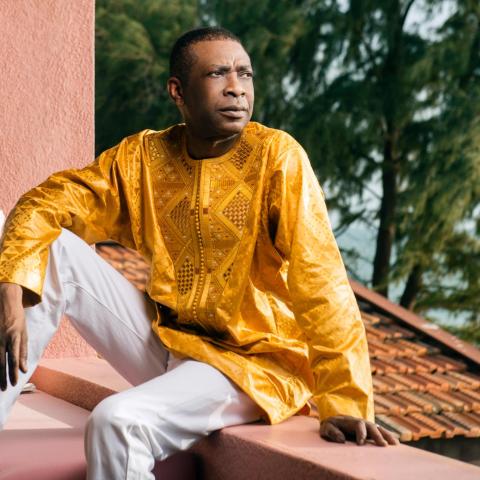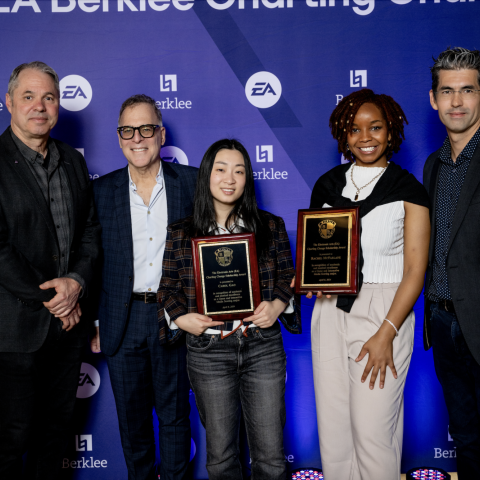Latin Music Legend Talks Songcraft in a New Berklee Course

Image courtesy of the artist
When songwriting legend Claudia Brant says that she wants to help students become pro songwriters, you can be sure she knows what she's talking about. The Argentina native, who now resides in L.A., is a multiple Grammy and Latin Grammy winner and has earned top accolades such as Latina Songwriter of the Year from both SESAC and ASCAP, and her song “No Me Doy por Vencido,” cowritten with Luis Fonsi, is the longest-leading No. 1 song ever on Billboard’s Latin Pop Airplay chart, with 30 weeks in the top spot.
Brant was named the 2023 Herb Alpert Visiting Artist for Berklee's Songwriting Department, and in the spring semester she will teach the course Latin Songwriting, which will cover song form and structure, lyrical concepts, melodic structure and development, effective lyric translations from English to Spanish, and more. While Brant is one of the most lauded songwriters in the Latin music world, her expertise stretches across many genres, languages, and collaborators. Her songs have been recorded by artists such as Camila Cabello, John Legend, Carlos Santana, Barbra Streisand, and Demi Lovato, to name a few, and she’s worked with an equally long list of other writers and producers, from Bruno Mars and Dianne Warren to Armando Ávila and Danny Elfman.
In the following interview, edited for length and clarity, Brant gives an overview of the kinds of topics and skills she’ll cover this semester, including the value of collaboration and humility, what it takes to stay musically versatile, and the joys and challenges of lyric translation.
Congratulations on being named the Herb Alpert Visiting Scholar. Could you talk a little about the course you’ll be teaching?
Basically I'm going to go over all the details of writing a song—you know, the rules, the rhymes, the topliners, the tracks, the splits, the construction of a song, chorus, verse, bridge, all the basics that probably most of the people that are going to be with me already know, but it's good to confirm those ideas and have them ask me any questions.
And for me, one of the most important things in writing a song is collaboration. I think that collaboration is the key. So, collaboration, meaning from writing a song and sharing it with your peers to see what their reaction is and what they think should be changed or should stay [to] getting together a group of three people who write a song from scratch. Put them together in different groups, give them different genres, give them different titles, give them different concepts, or even have them pick them and then…have all of us criticize and give an opinion on what we are we're hearing.
What’s the key to being a good collaborator, particularly in terms of receiving feedback on a new song?
I think that the word…is humbleness. And I learned humbleness when I was a starting songwriter, and I was put in sessions with people that had been doing it forever to listen to them, and [I'd] hear them say, “That's not right. That title doesn't work. The concept is not clear. The rhyming is not perfect.” A lot of things that I would hear, and I would have to say, wait a minute, he's right. He has it together.
I write all kind of genres—I write from pop to salsa to bolero to rock to alternative—and I try this humbleness. Whenever I sit down with a guy that writes mostly regional Mexican [music], for example…I can grasp from them that they have a certain way of using certain subjects…certain words that me, coming from Argentina, I have to learn.
We are learning all the time. Learn from a regional Mexican guy and learn from a salsa guy. And I let them take the lead. So when they say, “This word; we would never use this word,” I have to shut up and listen, and use the word that they suggest they would say. So, I think that collaboration and humbleness go together.
What do you think students will get from this course that they can’t get anywhere else?
I think there are a zillion tricks that I can teach to them, and I think that the ultimate goal is to get them to be pros. And to get them to be pros, they need the collaboration, they need the tools, they need to be able to hear…the feedback of their companions and all of that.
I cannot tell you you're going to become a pro after writing 20 songs…. But I'm willing to stimulate these kids so that they write every day, because writing every day is what gets you where I am.
Could you talk about your experience working across so many genres and languages?
I think there's been more of that on the production side, like songs that I've written that were originally ballads, and then were they turned into salsa, or they were turned into urban.
So, it's more of that, more than me changing the genre in the middle. I remember I had…two experiences, two trips…where I, learned a lot from scratch with two teams, two different trips in Medellín, Colombia, where I ended up doing a lot of reggaeton. And then another trip I did to Rio de Janeiro where I ended up collaborating with a bunch of Brazilian artists, Brazilian writers, and that opened my mind. I think I learned a lot from that. That's why I keep saying that the collaboration is key.
[Regarding translation] I think that when I do Spanish versions—I do a lot of them—it's a very complicated job. It's not something easy to do. I'm probably going to give the [students] a couple of samples, and I'm going to ask them to deliver [translations] for next class. It's a matter of being strict to the rhythm and being loyal to the meaning, and being very strict with the vowels. The vowels should fall in the same spot as they do in English…. I think that the fact that the vowels fall in the same place make it easier for the non-Spanish speaker to identify the words, and go with the flow of the same sounds…. So, it's a lot of work. It's not just translating one thing and have the words fit wherever.
What do you think this new generation of songwriters needs in order to create a career as versatile and sustainable as yours?
They have to be open to everything. Everything. I initially didn't like Rosalía's record [Motomami]. I played it in my car 20 times, and then I thought it was a masterpiece. I listen to boleros, I listen to bachata, I listen to alternative music, I listen to rock. I think that the key is trying to listen to as much music and different genres as possible—and deep into every one of them—and at least try to come up with something that belongs in that.
Claudia Brant's Career in Three Songs
Take a listen to three tracks selected by Brant that showcase her range of skills as a songwriter, and read what she has to say about why these songs are important to her.
1. "Creo en Mi," Natalia Jiménez
Something out of the top of my head, which would be “Creo en Mi,” from Natalia Jiménez, which is a wonderful song and it has its craft, and it has its structure, and it has a very profound lyric.
2. "Mamita," CNCO
I can mention “Mamita,” that I wrote in Medellín, and it's a song that was recorded by CNCO. It was a big song that, even if it was reggaeton, it had a consistent lyric.
3. "Mil e Uma," Claudia Brant
There's a song that's not very well known that's called [“Mil e Uma”]…. It's a song on my record on Sincera…[that] I wrote in Portuguese with Arnaldo Antunes, who's a very important artist in Brazil. I love the fact that, in that case in particular, I wrote the entire music, and he wrote the entire lyric. So it's an important song for me.




